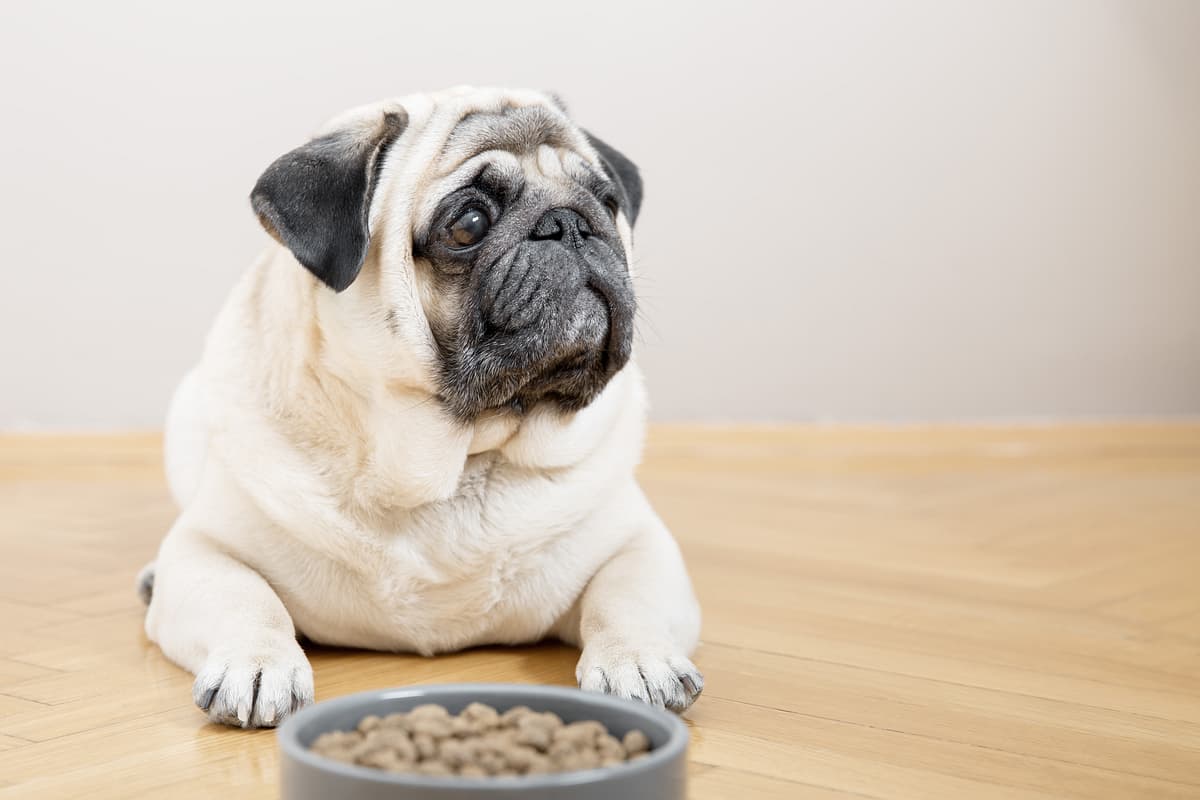Pug vs Labrador Retriever
Discover the differences between Pug and Labrador Retriever to make the best choice for your situation.
Try different breeds

Pug
Charming, playful, and affectionate, this small dog thrives on human companionship and delights everyone with its expressive face. Always eager to please, it makes a devoted family friend.

Labrador Retriever
Eager, friendly, and intelligent, this breed loves being part of an active family. Their gentle nature and loyalty make them outstanding companions for all ages.
Quick comparison
Small
6.3–8.1 kg
Short, smooth
12–15 years
6.3–8.1 kg
Low activity needs
Large
29–36 kg
Short double coat, water-resistant
10–12 years
25–32 kg
High energy
Personality & behavior
Compare the personality traits and behavioral characteristics of both breeds.
Pug
Outgoing and sociable with people and pets
Learns basic commands with consistent training
Prefers short play sessions, tires easily
Enjoys games and lighthearted interaction
Adjusts well to new environments and routines
Labrador Retriever
Warm and sociable with people and animals
Quick learner, responds well to training
High stamina, enjoys active pursuits daily
Loves games and interactive activities
Adjusts easily to new situations and environments
Care needs
Exercise, grooming, and daily care requirements
Pug
Brachycephalic syndrome, eye problems
Labrador Retriever
Hip dysplasia, elbow dysplasia
Suitability
How well each breed fits different living situations and families
Pug
Great choice
Pugs are easygoing and forgiving, making them manageable for inexperienced owners.
Perfect fit
Their small size and lower energy suit apartment environments well.
Not ideal
Pugs tire easily and are not suited for intense or highly active lifestyles.
Very friendly
Their gentle temperament makes them safe and affectionate with young children.
Highly suitable
Pugs typically get along well with other pets in the household.
Prone to anxiety
Pugs dislike being left alone for long periods and may develop separation issues.
Labrador Retriever
Great choice
Patient and eager to please, Labradors are manageable for most first-time owners.
Not ideal
Labradors need space and exercise, so apartments can limit their activity needs.
Perfect fit
High energy and stamina make them excellent for active individuals or families.
Highly suitable
Gentle temperament and playful nature make them safe and loving with young children.
Very friendly
Generally sociable and get along well with other dogs and pets.
Prone to anxiety
Extended alone time can lead to boredom and destructive behaviors in this breed.
Breed strengths
What each breed excels at and their best qualities
Pug
- Affectionate with families and children
- Adaptable to apartment living
- Generally friendly toward other pets
- Low grooming requirements
- Playful and sociable personality
Labrador Retriever
- Friendly and sociable with people and dogs
- Highly trainable and eager to please
- Excellent with children and families
- Strong retrieving and swimming abilities
- Generally adaptable to various living situations
Challenges & considerations
Potential challenges and considerations for each breed
Pug
- Prone to obesity without managed diet
- Can suffer from breathing difficulties
- Sensitive to heat and humidity
- Stubborn during training sessions
- Eyes susceptible to injury and infection
Labrador Retriever
- Prone to obesity without portion control
- Can become destructive if under-exercised
- Heavy seasonal shedding requires regular grooming
- May develop hip or elbow dysplasia
- Needs significant daily physical activity
Ready to choose your perfect breed?
Learn more about each breed or compare other breeds to find the perfect match for your lifestyle.
Discover more helpful tools
Make use of our other free tools to get the most out of your pet experience
